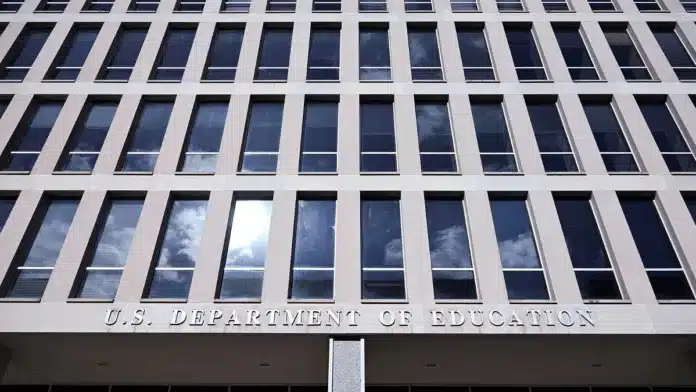
Trump Moves to Close Department of Education with New Executive Order
President Donald Trump is expected to sign an executive order directing the closure of the Department of Education, marking a significant shift toward state-controlled education management.

Department of Education headquarters building
The administration has already reduced the department's workforce by 50%, paving the way for this restructuring. However, Congressional approval remains necessary for the department's actual dissolution.
The move aligns with conservative criticism of federal involvement in education, advocating for state control over school curriculums, funding, and policies. White House officials state this order supports "cutting government waste, eliminating overreach, and empowering local communities."
Key Impacts of the Potential Closure:
- Federal Education Funding: Risk to billions in grants for low-income schools, special education, and minority student programs
- College Student Aid: Potential changes to Pell Grants and federal student loans
- Civil Rights Enforcement: Possible reduction in federal protections for students with disabilities and anti-discrimination measures
Legal Requirements: Congressional approval is required to officially close the Department of Education, a process that could extend for months or years. Many experts anticipate resistance in the Senate, including from some Republicans concerned about the political implications.
Senator Elizabeth Warren opposes the move, stating, "This is a reckless move that will harm millions of students. We need to be investing in education, not tearing it apart."
Bravo! Congress should support President Trump's bold agenda by passing my bill, HR 899 to Abolish the Department of Education. We could also use recisions and the budget reconciliation process, which only require 51 votes in the Senate, to back him up.https://t.co/bjLxGdmPiH pic.twitter.com/zG7a4sBBw9
— Thomas Massie (@RepThomasMassie) March 20, 2025
The executive order initiates a Congressional debate that will determine the future of federal involvement in American education. While supporters view this as a step toward education reform, critics warn of potential negative impacts on millions of students if approved.